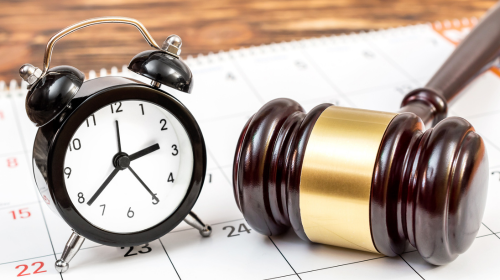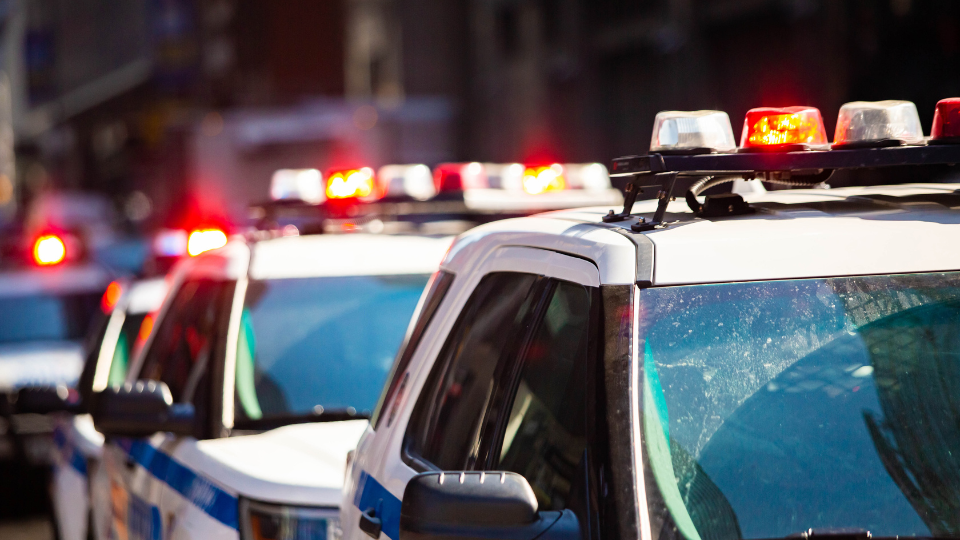
The onset of another hurricane season is a stark reminder of nature's unpredictable fury. Standing between the public and the chaos are our steadfast public safety agencies. From law enforcement, firefighters and dispatchers to emergency medical services, these dedicated professionals play an invaluable role in community disaster management. Let's explore how these agencies' year-round efforts in preparing for and responding to natural disasters—particularly hurricanes—benefit all of our communities.
Year-Round Preparation: More Than Just a Plan
Disaster preparedness plans aren't just documents that gather dust on a shelf ... they are dynamic and evolving blueprints that guide public safety agencies in disaster response. Updated and stress-tested regularly, these plans incorporate lessons from past disasters and evolving response strategies. Regular training and planned simulations help prepare public safety professionals for the widespread response that's required when mother nature strikes.
For example, many agencies apply Alpha/Bravo or EOP schedules as part of their readiness efforts to get ahead of threatening storms. This emergency scheduling model enables more on-duty personnel to coordinate response and safety efforts. Software that includes EOP scheduling automatically reassigns staff to emergency shifts and once the crisis period has ended personnel are automatically reverted back to their original schedules. This makes it easier to schedule units in advance for better management and faster deployment.
Evacuation Protocols: Orchestrating Lifesaving Exits
Once hurricane warnings are activated, public safety agencies enact meticulous procedures to keep citizens safe – from overseeing community shelters to managing evacuation routes. The effort is a blend of science and skill, employing data analytics to identify high-risk zones and vulnerable populations. Law enforcement coordinates road closures and directs traffic, while emergency services ensure medical and special-need evacuations occur seamlessly. The focus is on crisis coordination and deploying available resources judiciously to ensure community safety.
On-the-Ground Coordination: Where Training Meets Reality
Every second counts once a hurricane makes landfall. The effectiveness of an agency’s disaster response is most visible during this time as agencies must move quickly to save lives, secure property, and restore order. Here, all hands are on deck. Law enforcement officers, firefighters, and emergency medical teams face the grueling task of crisis coordination amidst an environment of extreme stress and unpredictability.
Rescuing stranded residents, securing essential infrastructure, and rationing resources requires a combined first responder effort -- from fire to law enforcement, and EMTs to the National Guard. Technology tools like drone surveillance and CAD systems interfaced with workforce management software enhance crisis coordination capabilities and help decision makers get a better operational picture, allowing for more effective resource allocation.
Every rescue operation, every secured perimeter, and every medical intervention is a calculated move, scrutinized to ensure maximum efficiency with the available resources. Public safety agencies meticulously strategize the deployment of medical supplies, personnel, and equipment, often in real-time and under incredibly stressful conditions.
Building Resilient Communities: It Takes a Village
Community resilience is a year-round focus, extending well beyond the emergency response during a storm. Public safety agencies work to educate the public, conduct drills, and even recruit community members to act as force multipliers in disaster management. These initiatives empower residents and instill a sense of ownership and responsibility, helping ensure they are not just passive recipients of aid but active participants in their own safety.
Looking to the Future: Continuous Improvement and Adaptation
In a world of uncertainties, the consistency of public safety agencies in honing their skills and adapting their strategies is reassuring. They invest in innovative technologies, fine-tune disaster mitigation strategies, and engage in community partnerships to continually elevate their preparedness and keep their communities safe. This ongoing commitment to excellence ensures they are ready to act as the community's first line of defense when hurricane season or any nature disaster strikes. Let's acknowledge the tireless efforts of these agencies and their year-round commitment to preparation, resilience planning, and community engagement as our best defense against Mother Nature’s unpredictability.
To learn more about how to manage the public safety workforce, subscribe to our blog.

